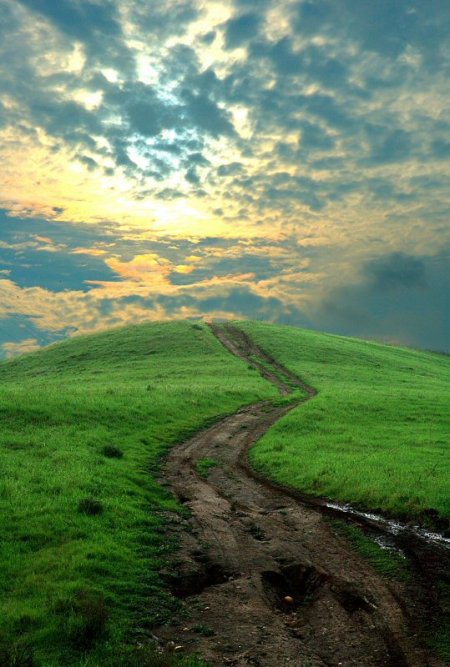"Work as if you were to live a hundred years, pray as if you were to die tomorrow." -
Benjamin Franklin
HISTORY OF LISSYCASEY
(Compiled by the Student Summer Job Scheme 2000)
Lissycasey (half of the Clondegad – Kilchrist Parish) Straddles the Ennis –Kilrush road for 2.2 Miles. The Area stretches East-West from Caherea to Crown and North-South from Frure North to Cloncolman.
The name Lissycasey comes from “Lios Ui Chathasaigh” (Fort of the Casey’s) The “Priomh” Lios is believed to be south of Tom O Rourke’s House and east of McSweeneys. This Lios is surrounded by six Sub Forts in a Celtic (Pre Christian) layout.
In recent times, the village has expanded considerably, particularly along the northern side, along the Kilrush road. Many new people have come to live in the area and several changes have taken place. An Ecology Park covers an area of thirty acres and takes in wildlife and endangered species of plants. Turf cutting, which was once a popular activity on Lissycasey bog, is now in decline. The present Lissycasey National School building opened in 1961, replacing the old building, which was situated, where Lissycasey parish hall now stands. Lissycasey’s modern church was dedicated in 1978. It was built on the site of a church which first opened in 1860.
Tobarniddaun, A Sacred Place.
The Blessed well and cilllin At Tobarniddaun, is a place where the sacred legends of old saints stand in sharp contrast to the tales of Unbaptised babies buried on unconsercrated soil
The well, located a short distance down a side road near the Boree log, commemorates St Niddaun (Aidan) and it has been visited by people from the area for countless generations. The nearby Cilllin, or burial ground, was used up to about 40 years ago as a final resting place for unbaptised babies. Also before the present graveyard in the parish was developed there were a number of adult burials at the cilllin.
While people still visit Tobarniddaun on a fairly regular basis, some of them hoping to experience its reputed curative powers many of the visitors are not fully aware of its history, which goes as follows:
In medieval times this area was part of the territory of East Corcabaiscinn. Around 1488 Corcabaiscinn was divided into two parts, east and west. A branch of the MacMahon family ruled in each of the new divisions. Clonderlaw Castle was the seat of the chief of the eastern portion and the boundary of his country appears to have been coterminous with that which divided the barony of Clonderlaw from that of Moyarta.
Many years ago two Saints met at the Cascade in Ballyclohessy, Ballynacally and were debating which of them would stay and which would go north to Lissycasey. Their names were St Scriovhan and St Niddaun. They blessed two sticks and threw them into the river and the one whose stick flowed north would go north to Lissycasey and the other would remain.
St Niddaun travelled to Tubber and the name was changed to Tobarniddaun. It is believed that he is buried near the blessed well.
The name Clondegad is derived from this incident Cluain de Gad: Valley of the two gads or sticks. St Scriovhan well is located near the Cascade in Ballyclohessy.
The well at Tobarniddaun is said to have healing powers for the eyes. Visit on three evenings after sunset and wash the eyes with the water and say one Our Father, One Hail Mary and one Glory. Some say that this also applies to the ears and that one should pick Moss, wet it, place it on the eyes and ears and return to the exact spot from which it was taken.
The Fas scheme revamped the area and on June 19th 2000, there was a blessing And prayed ceremony.
St Ruth’s Well.
This blessed well is situated in the townland of Frure on the lands of Johnie & Anne Kelly. Nearby is a children’s graveyard, which was used as a burial Ground up to 40 years ago.
Local Historians would claim that the well which was discovered, by Margaret Carrig from Frure West, By Michael Kelly Coolbawn and some others who had dreams about the place that led them to the spot near the river. They discovered the spring water and people began to come & pray. A local man Jim Glynn from Frure Upper was known to have his sight restored and he returned every Sunday to recite the Rosary at the well.